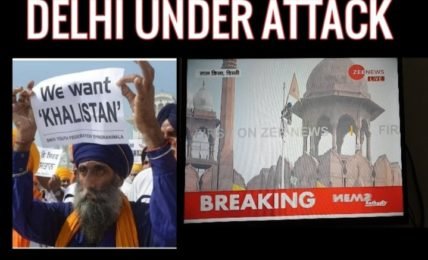Digital Medium To Reconnect With Indic Knowledge
The reconnect with Indic knowledge sources, which was lost over 1000 years ago, will now be possible only through Digital Medium. Only dedicated digital platform with innovative delivery models will make that happen!




